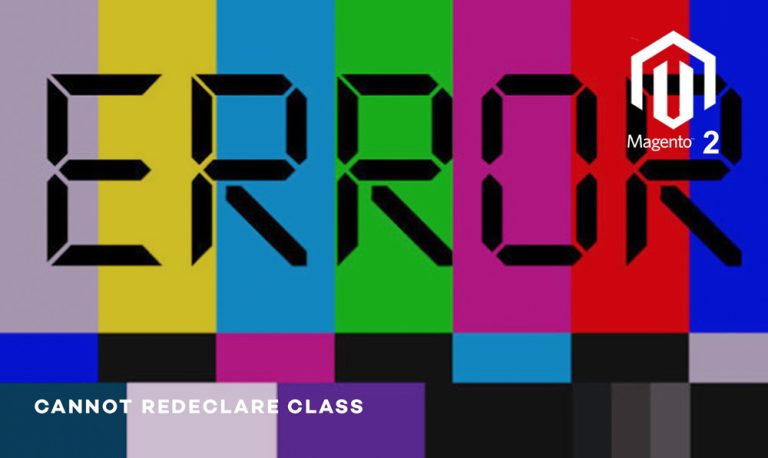“We are witnessing a paradigm shift from a centralized internet world to a decentralized one, which is characterized by disintermediation and democratization. There is a lot of overlap with how the energy sector is transforming to become more decentralized and distributed in nature,” says Sabine Brink, Shell’s blockchain and Web3 lead.

There are a wide range of opportunities for applications of Web3 and blockchain technology to support the urgent energy transition. For example, Shell and a number of other global firms have launched Avelia, a book-and-claim solution to help scale the supply of sustainable aviation fuel. Technology companies such as Toucan, Moss.Earth, and JustCarbon are tokenizing carbon credits, offering clients a simpler way to offset carbon emissions. Peer-to-peer energy trading is becoming a reality thanks to ventures such as Powerledger, Grid+, and LO3 Energy.
Paul Brody, EY’s global blockchain leader, emphasizes the transformative character of this infrastructure technology: “In a blockchain-based ecosystem, you can have a very liquid, digital interaction, where you can pick from a dozen different vendors, and you can evaluate them all on a digital basis.”
Decarbonization requires decentralization
Addressing climate change has one requirement above all: decarbonization of energy systems. This requires the further electrification of economies and energy-system decentralization.
Given the nature of renewable energy, especially solar and wind power, the electricity generated is not always readily available (without storage), and is often geographically removed from where the electricity is needed. Moreover, with the advent of prosumers—consumers who also generate energy that can feed back into the grid—existing energy systems need a deep overhaul.
“We have a lot more players entering the energy market, as well as a different mix of low-carbon energy products. This requires global orchestration of energy systems on large scales to ensure that we reach net zero across the board. On top of that, transparency, auditability, and accountability will be key.” explains Brink. “Blockchain as a decentralized network technology makes a lot of sense to underpin this.”
These changes in the energy system will exponentially increase the number of transactions, including micro-transactions, which will take place every day between many players and energy assets. These must be recorded and managed in ways that guarantee data transparency, trust, and verifiability. It is vital that transaction systems and regulations evolve to cater to this need.
The role of blockchain technology
Blockchain technology, a digital and decentralized ledger that keeps multiple copies of transactions, makes data tampering close to impossible. Though developed for cryptocurrency, which remains strongly associated with digital currencies, blockchain lends itself to many uses. Its main benefit—incorruptibility—generates a valuable asset for markets: trust.






